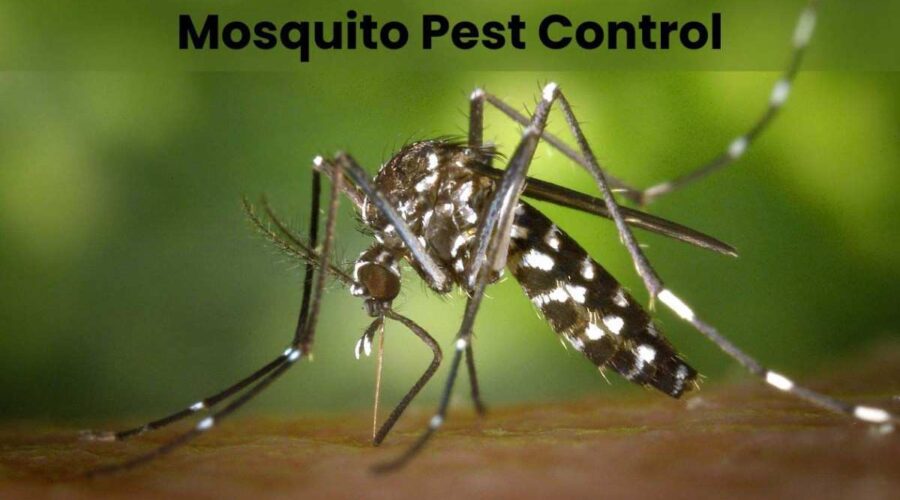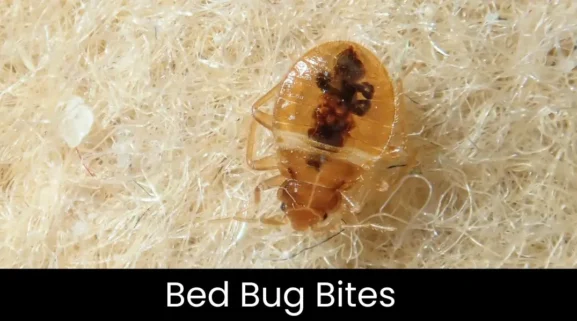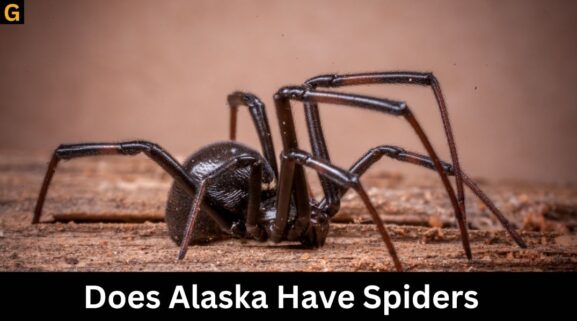Mosquito Pest Control in Montana: Key Species and Diseases
Mosquitoes are not only a simple inconvenience in Montana, they are a menace during the warmer period of the year. These pests make people uncomfortable when they invade human dwellings, interfere with outdoor pastimes, and, in some cases, transmit hazardous diseases. As much as the comfort of everyone within a home and their health, mosquito pest control is crucial. So in this blog, let me give you an insight into the most identified mosquitoes that infest Montana, the diseases these mosquitoes spread, and how our professional mosquito control services offer you and your family safety from these disease-causing insects.
Common Mosquito Species in Montana
Montana’s diverse ecosystems provide ideal breeding grounds for several mosquito species, each with its characteristics and impact on the community. Understanding these species is crucial for effective mosquito pest control.
1 Culex tarsalis: This particular mosquito is responsible for transmitting the West Nile Virus which is the most prevalent mosquito-borne illness in Montana. Culex tarsalis becomes most abundant in late spring and early fall months and frequently inhabits areas with breeding sites of standing water, including puddles, ditches, and ponds.
2 Aedes vexans: This mosquito, which is a flooding water mosquito, breeds in small water-filled containers resulting from flooding by heavy rain or melting of snow. They are particularly found during the rainy periods of Montana, although they do not transmit serious diseases.
3 Anopheles freeborni: Scientists find Anopheles freeborni slightly less frequently in Montana, but they recognize it as a vector-borne malaria species. Even though malaria is not endemic to the U.S., experts closely monitor this mosquito for signs that it could reintroduce the disease.
Diseases Spread by Mosquitoes in Montana
Throughout Montana, mosquitoes are much more than a nuisance; they are vectors of infections that can hurt people and animals alike. Some of the most concerning mosquito-borne diseases include:
1 West Nile Virus (WNV): This is one of the most prevalent mosquito-borne diseases in Montana. Culex tarsalis mosquitoes transmit WNV to humans, which can cause a wide range of disease syndromes, from mild flu-like illness to severe neurological manifestations, including encephalitis and meningitis. It is important to get to know the disease in its early stages and control mosquito pests to stop its spread.
2 Western Equine Encephalitis (WEE): Even though rare, WEE is a real menace to horses in Montana. This disease that has mosquitoes as a vector may result in fever, headache, or even encephalitis at times. Thus it is necessary to apply some preventive measures toward mosquito pest control to reduce the risk.
3 Zika and Malaria: Although there is a low risk of these two diseases in Montana it is mandatory to track the population of mosquitoes. Although diseases like malaria have rarely been seen in the United States, this does not mean that they won’t resurface if the circumstances favor it. This is the reason why mosquito pest control services, can assist in the reduction of the risk.
Environmental Factors Contributing to Mosquito Breeding
Factors that are peculiar to Montana include; Montana weather and habitat certainly influence the mosquito populations. Several environmental factors contribute to their breeding, and understanding these can help you reduce the risk of infestation:
1 Wetlands and Flood Plains: Mosquitoes are most commonly found in swamp and flood areas where there are open ponds of water. Such areas particularly during spring when the snow melts provide marvelous breeding grounds for mosquitoes.
2 Standing Water Post-Snowmelt: During the now melting period in spring, there forms small, melting water pools that offer breeding grounds for most larval mosquitoes. This is very much the case, especially within rural environments where natural systems of water drainage might not be as good.
3 Urban and Rural Breeding Hotspots: Mosquitoes can breed in every environment type, be it the urban or country regions.
In urban environments, clogged gutters, birdbaths, and poorly maintained fountains provide breeding opportunities for mosquitoes due to stagnating water. In rural regions, there are usually more natural sources of mosquito breeding: irrigation ponds, and standing water following storms and hurricanes.
Prevention and Protection Strategies
In preventing mosquito access to your home several measures can be undertaken most effectively. Here are some practical tips for minimizing mosquito infestations:
1 Eliminate Standing Water: These little creatures breed in areas where there is water that has formed a pool, therefore the first thing you should do when trying to control mosquitoes is to drain all the water that is stagnant within the compound. Try to remember to always monitor spaces like gutters, birdbaths, and plant saucers, and ensure that water is not standing still.
2 Use Insect Repellents: Aside from using anti-biting creams, creams containing chemicals such as DEET, picaridin and oil of lemon eucalyptus should be put on exposed parts of the body. These repellents are useful in preventing mosquitoes from biting especially during the break of dawn and at dusk.
3 Wear Protective Clothing: While there is lots of sunburn prevention for the body, there are also protective measures for the exposed skin during the time spent in a mosquito-transmitted area: wear long sleeves and pants. This is especially important during summer knock earlier times of the fall when Mosquitoes are very much in action.
4 Install and Maintain Screens: Ensure that window and door screens are as appropriate, to avoid a host of mosquitoes sending their wings into your dwelling. Making sure that the screened part of your equipment or products should always be inspected for rips, and fives and should be mended immediately.
The Role of Professional Pest Control Services
While DIY methods can help, professional mosquito pest control is the most effective way to manage mosquito populations long-term. Here’s how pest control experts can help:
1 Seasonal Mosquito Treatments: Companies dealing in pest control can offer seasonal treatments to deal with the mosquitoes including both larvae and adult mosquitoes. These treatments effectively target the breeding places and/ or the mature mosquitoes, thus substantially increasing the possibility of a low incidence of infestation.
2 Surveillance and Monitoring: An experienced pest control firm and personnel can look for signs of breeding grounds at your compounds and work to prevent them. They will also point out where mosquito breeding is likely to be highest and treat that area.
3 Timely and Effective Protection: A mosquito pest control service near you guarantees that it applies treatments at the appropriate time, especially when mosquitoes are most active. Getting a professional to come early can help you ensure that your property does not harbor mosquitoes for quite some time.
Conclusion
Don’t let mosquitoes invade your home and threaten your health. Contact GOGETFIX today to schedule a consultation and start your personalized mosquito pest control plan. Our experts are ready to help you protect your home and family from mosquitoes year-round. Call us now and take advantage of our seasonal services and special offers!



